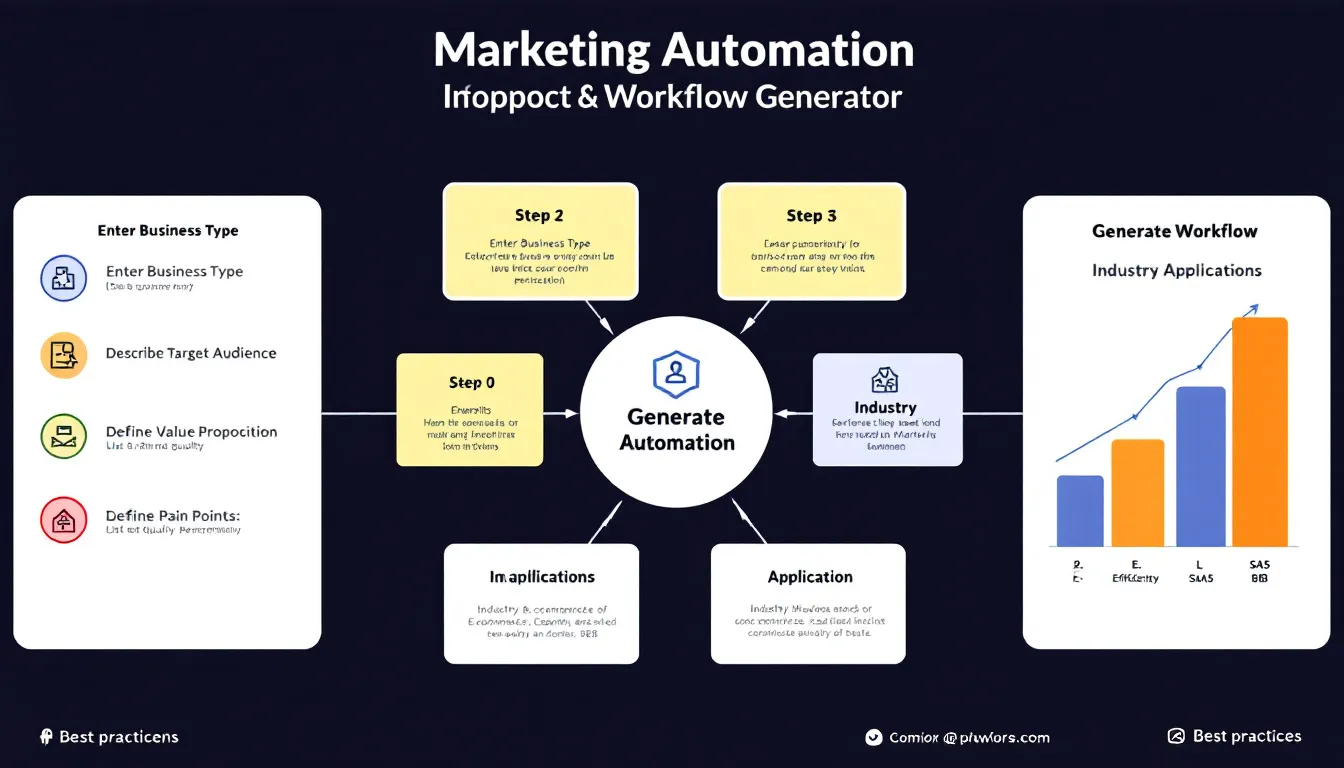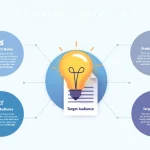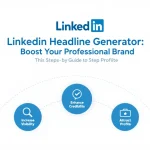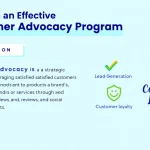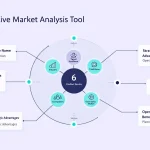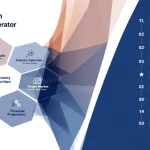Marketing Automation Workflow Generator
Is this tool helpful?
How to use the tool
1. Specify your business type
Briefly name your sector so triggers and content match your market.
- Example A: Subscription-based meal-kit service
- Example B: B2B cybersecurity consultancy
2. Describe your target audience
List demographics, interests and behaviours for tight segmentation.
- Example A: Busy parents 28-45, cooking at home three times weekly, active on Instagram
- Example B: IT directors 35-55 in regulated industries, focused on threat prevention, frequent LinkedIn users
3. Define your unique value proposition
State why customers should choose you.
- Example A: Chef-curated meals ready in 15 minutes with zero plastic waste
- Example B: 24/7 threat monitoring backed by ex-NSA analysts
4. List main customer pain points
Identify obstacles your workflow must solve.
- Example A: No time for meal planning, dislike food waste
- Example B: Complex compliance requirements, shortage of in-house security talent
5. Generate, copy and deploy
Click “Generate Marketing Automation Workflow,” review the step-by-step journey, then paste it into your automation platform.
Quick-Facts
- Average ROI: Every $1 spent on automation returns $5.44 (Invesp, 2022).
- Adoption rate: 76 % of marketers use automation for lead nurturing (Ascend2, 2023).
- Segmentation impact: Segmented campaigns get 38 % higher open rates (“Mailchimp Benchmarks”, 2023).
- Compliance rule: GDPR Article 6 requires explicit consent for marketing emails (EUR-Lex, 2016).
FAQ
What does the generator produce?
The tool outputs a trigger-based sequence—emails, delays and conditional branches—ready for import into any modern automation platform (Salesforce, HubSpot, Mailchimp).
Which input matters most for relevance?
Your target-audience description drives segmentation logic; accurate traits lift click-through rates by up to 14 % (Litmus, 2023).
How do I import the workflow?
Copy the generated text, create a new journey in your platform, paste each action, then map to existing lists and templates.
How often should I update a sequence?
Audit quarterly; 59 % of firms refresh content every three months to maintain engagement (Content Marketing Institute, 2023).
Which metrics confirm success?
Track open rate, click-through rate, conversion rate and revenue per email—core KPIs cited by HubSpot’s “State of Marketing 2023”.
How do I keep messages personal at scale?
Use merge tags and dynamic content blocks; “personalized emails deliver six-times higher transaction rates” (Experian, 2022).
Can I create multiple workflows?
Yes. Run the form again with new segment data to craft parallel journeys for onboarding, upselling or re-engagement.
What if a contact ignores every touchpoint?
Add a re-engagement branch after 30 days; if unopened, suppress for list hygiene—recommended by the DMA Email Deliverability Guide 2022.
Important Disclaimer
The calculations, results, and content provided by our tools are not guaranteed to be accurate, complete, or reliable. Users are responsible for verifying and interpreting the results. Our content and tools may contain errors, biases, or inconsistencies. Do not enter personal data, sensitive information, or personally identifiable information in our web forms or tools. Such data entry violates our terms of service and may result in unauthorized disclosure to third parties. We reserve the right to save inputs and outputs from our tools for the purposes of error debugging, bias identification, and performance improvement. External companies providing AI models used in our tools may also save and process data in accordance with their own policies. By using our tools, you consent to this data collection and processing. We reserve the right to limit the usage of our tools based on current usability factors.
